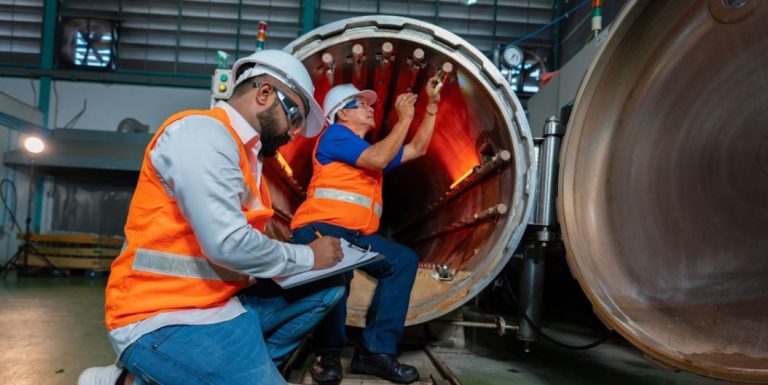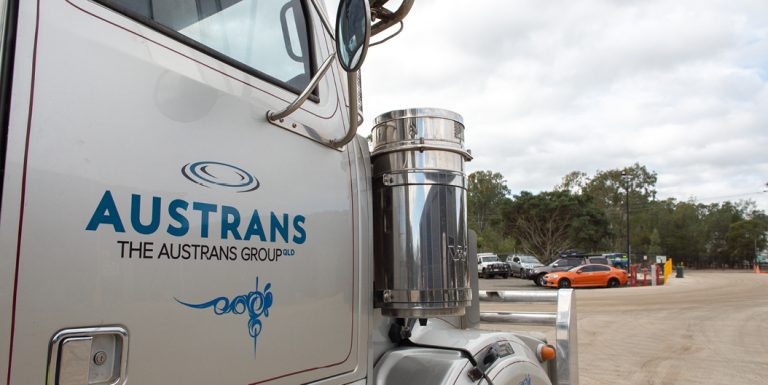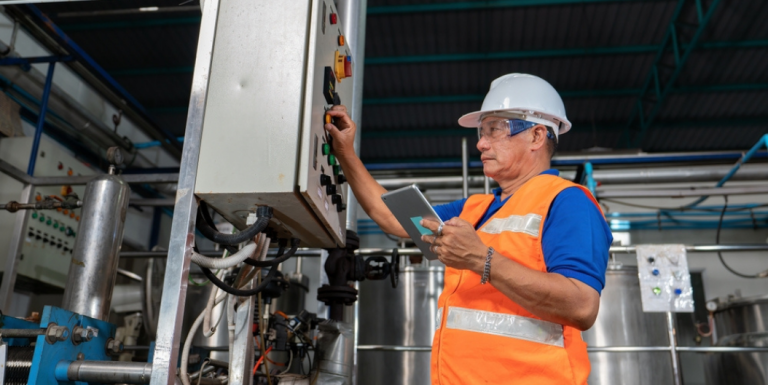PFAS National Environmental Management Plan Explained
PFAS, or per- and polyfluoroalkyl substances, are synthetic chemicals known for their exceptional resistance to heat, stains, grease, and water. Widely used in various industries, from medical devices to fire-fighting foams, PFAS demonstrate remarkable versatility.
Unfortunately, increasing research has raised concerns about the enduring environmental impact, prompting many to explore alternatives to PFAS that are less toxic and persistent.
The PFAS National Environmental Management Plan (PFAS NEMP) offers nationally endorsed guidance and standards for the investigation, assessment, and management of PFAS wastes and environmental contamination. This includes measures to prevent the further spread of contamination.
The current version of the PFAS NEMP was agreed by Heads of EPAs in October 2019.
Public consultation has now closed for The PFAS NEMP 3.0
The Heads of EPAs of Australia and New Zealand (HEPA) have released the draft per- and poly-fluoroalkyl substances National Environmental Management Plan (PFAS NEMP) version 3.0 for public consultation. This version 3.0 contains important new guidance and standards, which builds on version 2.0 published in 2020.
The PFAS NEMP 2.0 provides new and revised guidance on four of the areas that were identified as urgent priorities in the first version of the NEMP:
- Environmental guideline values
- Soil reuse
- Wastewater management
- On-site containment
The new guidance covers various themes, including international approaches to grouping PFASs, environmental data and monitoring, water risk-based criteria, soil behaviour standards, resource recovery and waste management, and site-specific remediation and management principles.
The National Chemicals Working Group (NCWG) will review all submissions and determine if any changes are needed. Your feedback will help shape the final version of the per- and poly-fluoroalkyl substances National Environmental Management Plan 3.0 (PFAS NEMP 3.0).
The environmental industry has been working steadily on developing viable PFAS remediation solutions. Many of these solutions are designed to separate PFAS from an existing medium and concentrate it in another form.
Once concentrated options are limited, the PFAS concentrate generally needs to be removed offsite for destruction at thermal treatment facilities, which is expensive and requires high energy requirements.
Alternatively, if not taken offsite for destruction, this PFAS concentrate continues to accumulate onsite until a cost-effective destruction solution is identified, increasing liability and management requirements
Austrans and PFAS
Working with best industry practice partners, Austrans offers a range of PFAS treatment methods for decontaminating and destroying PFAS in water, soil, and foam including.
- Thermal treatment high temperature incineration or Oxidation
- Thermal Desorption
- PFAS Optimised Physio Chemical Water Treatment
- Chemical Immobilisation and Solidification
Austrans has the capability and know how to aid with:
- Concentrate handling
- Concentrate treatment and disposal
- PFAS impacted soils and NDD slurry removal, transport and disposal
- Contaminated soil treatment
- Groundwater treatment
- Spill response
Austrans are committed to significantly reduce potential impacts on communities and limit land managers’ PFAS related environmental liability. If you would like to understand more in relation to any PFAS impending project, or would like to consider PFAS remediation options, please do not hesitate to get in contact with us or find out more about our FDAS remediation here.







